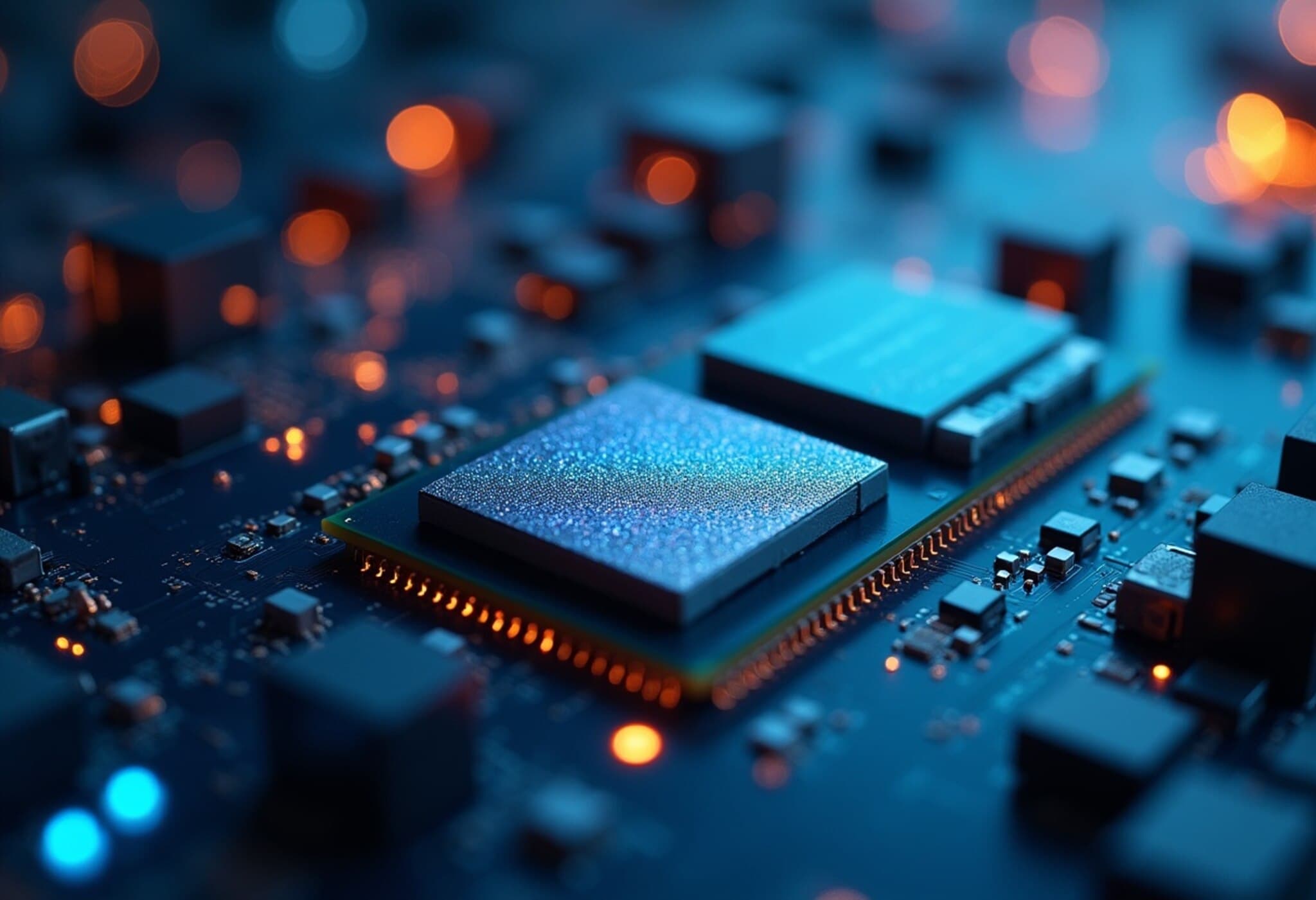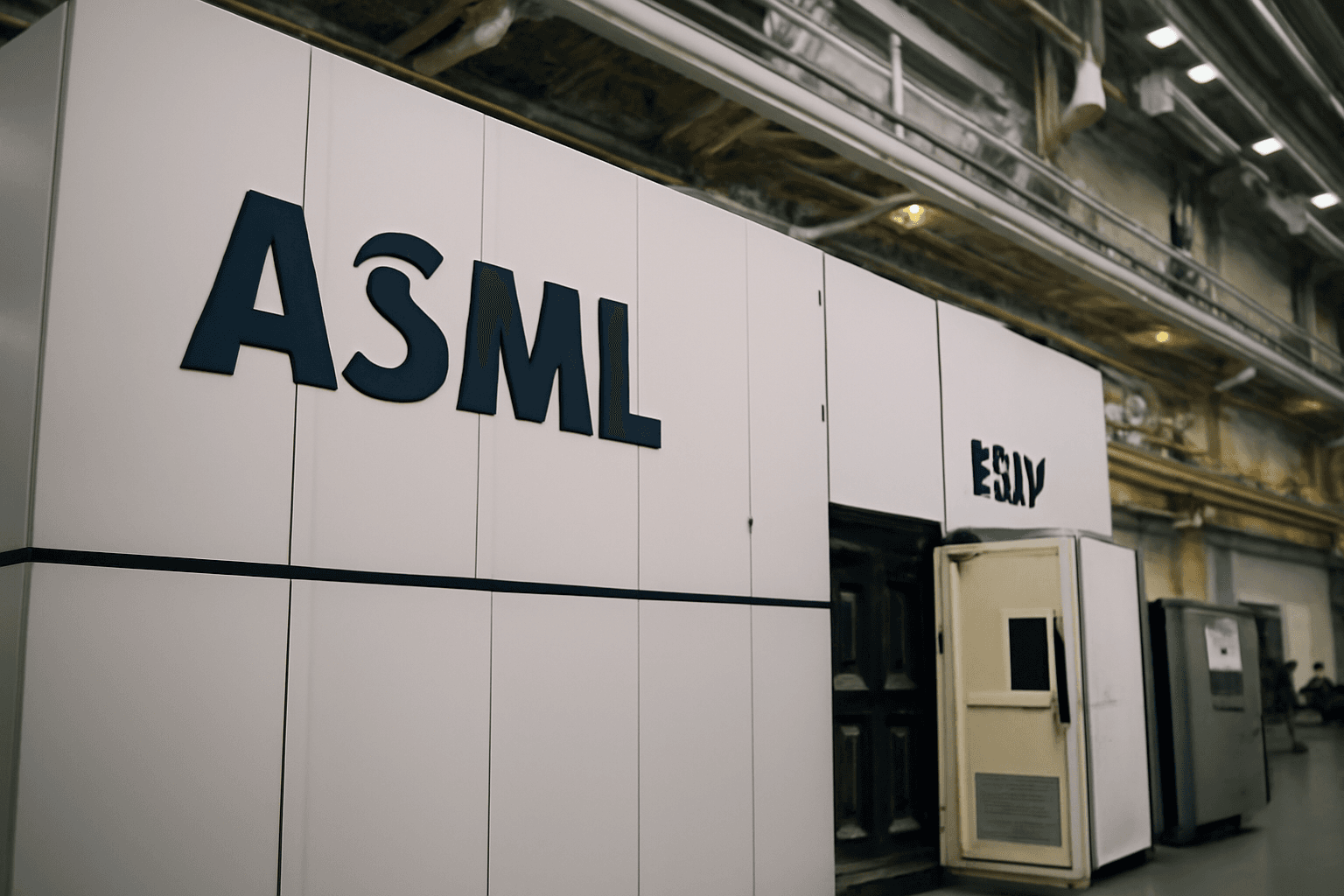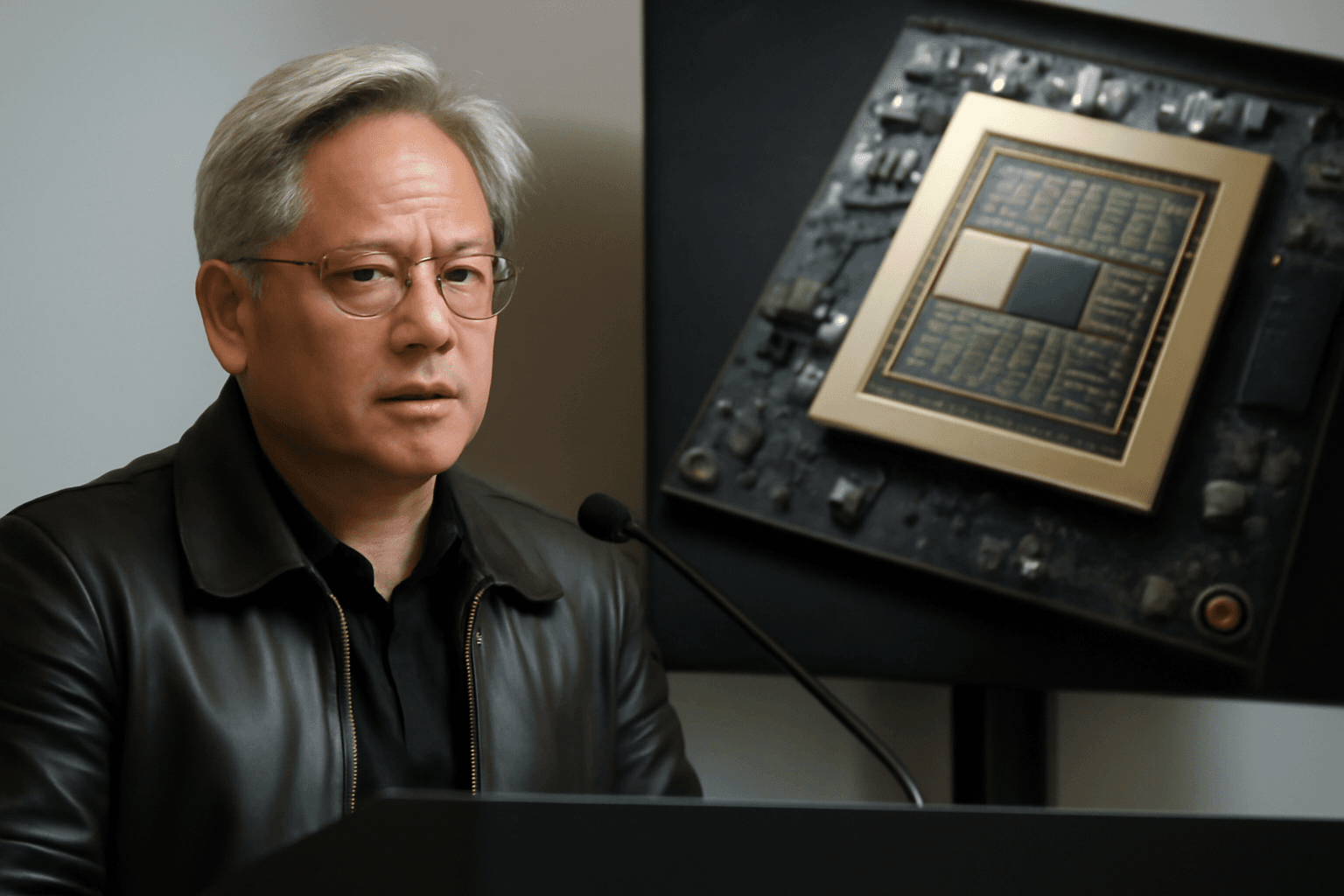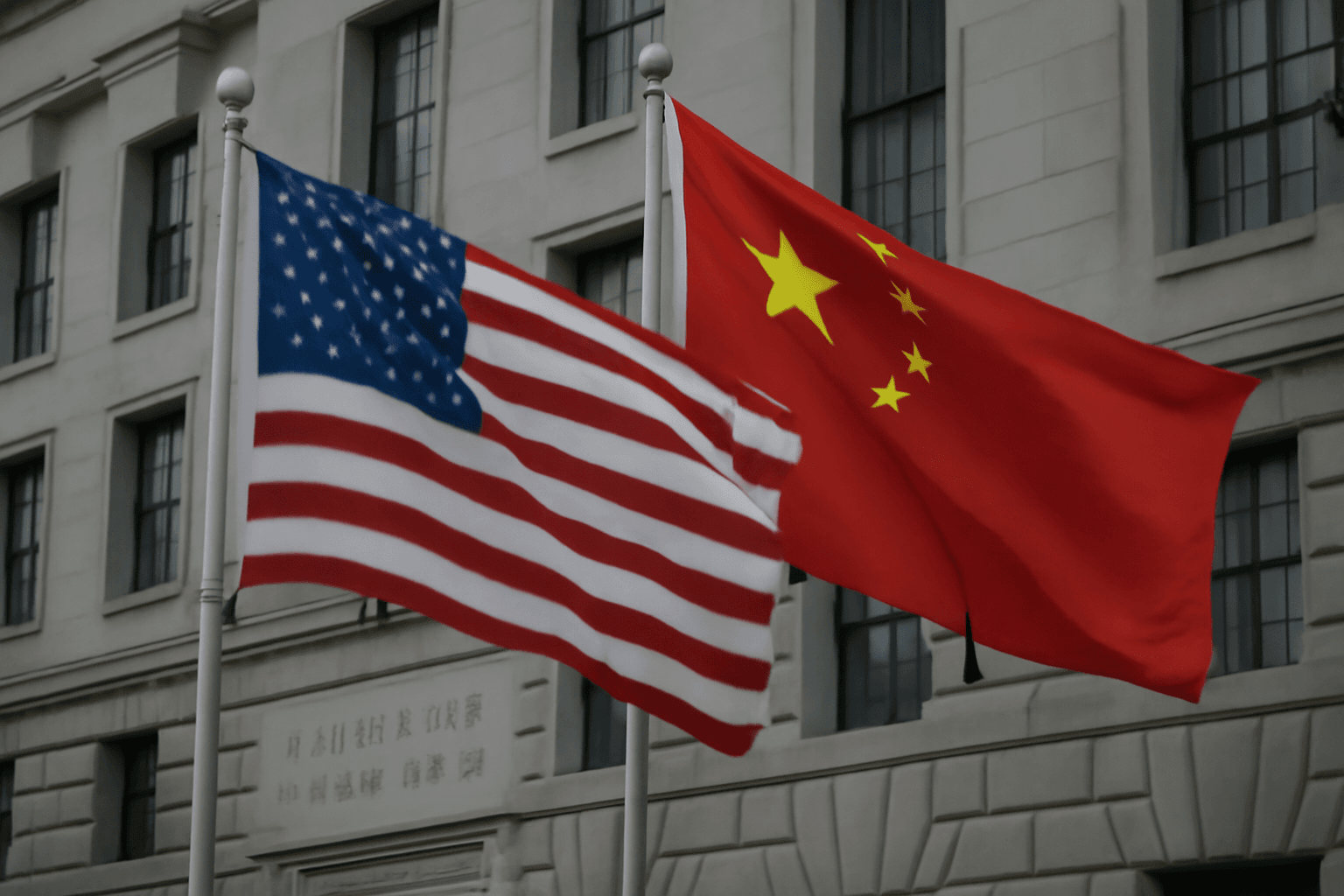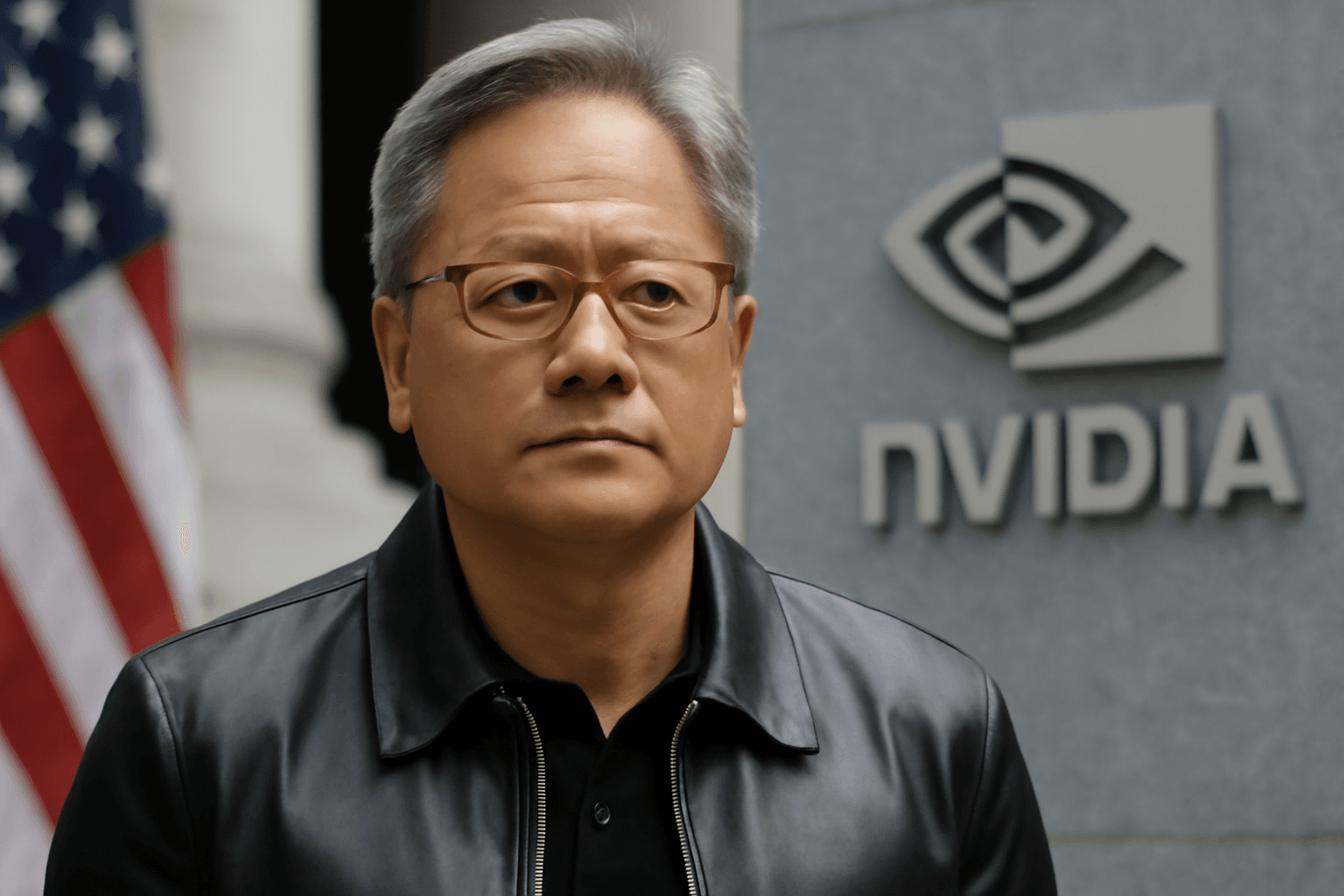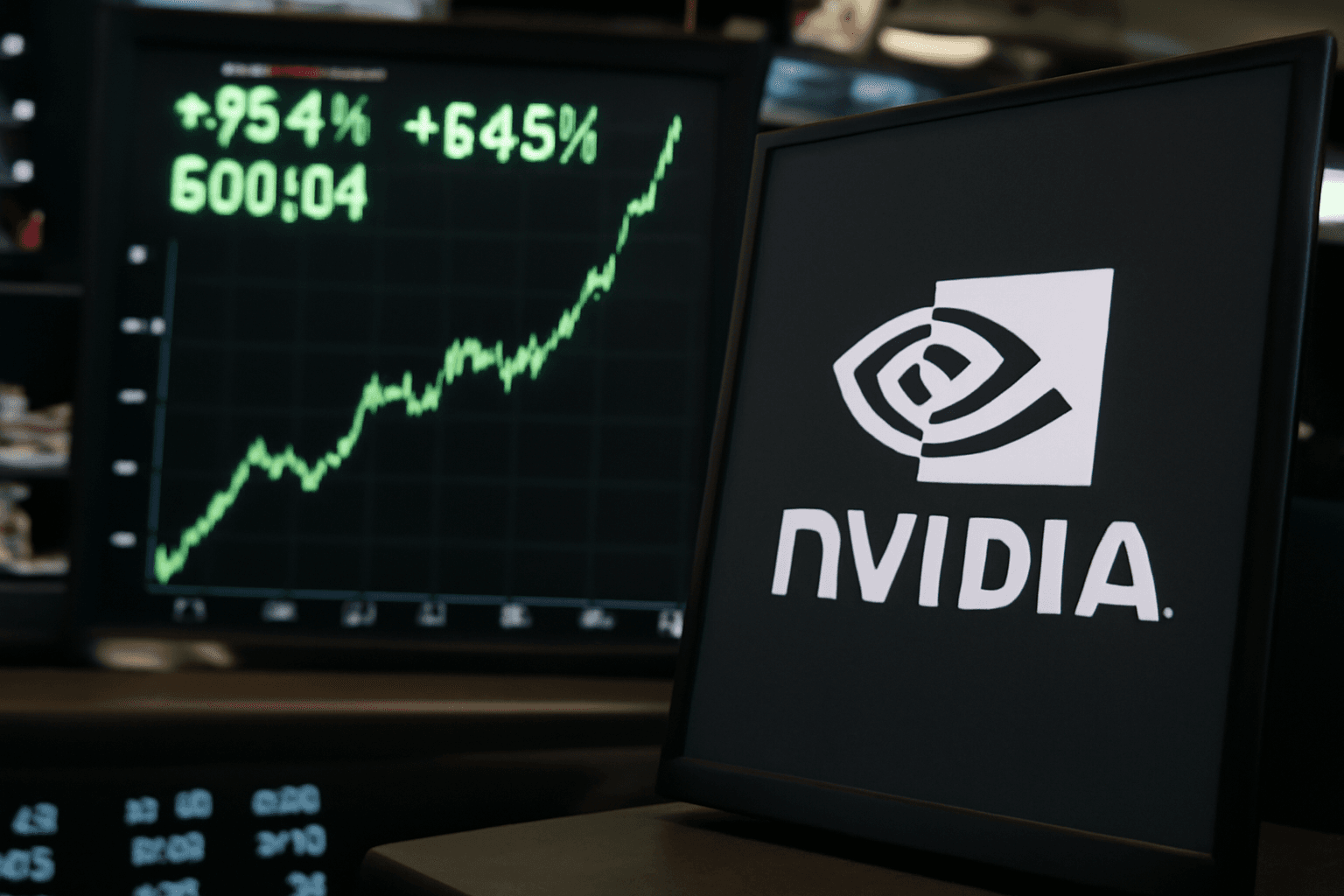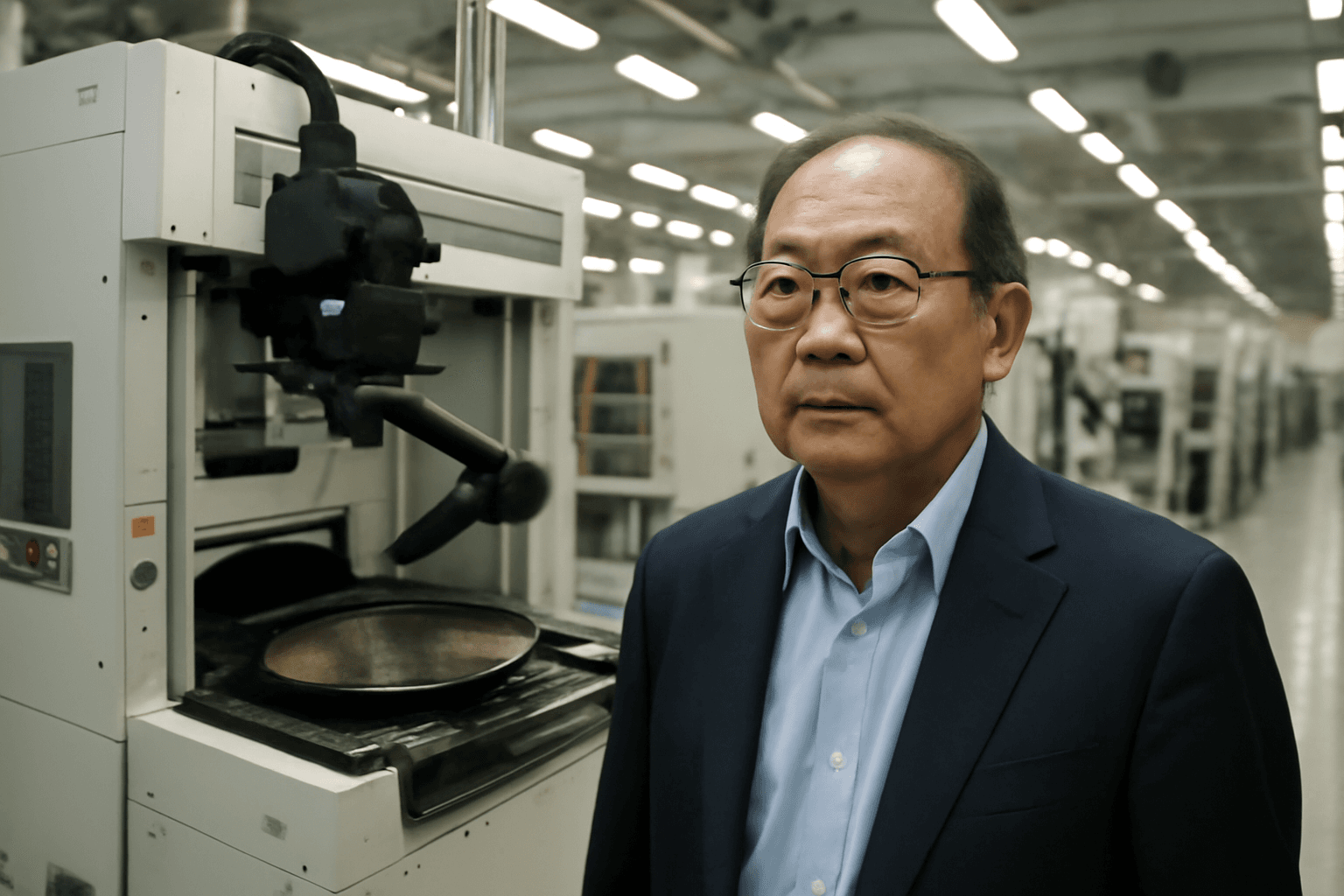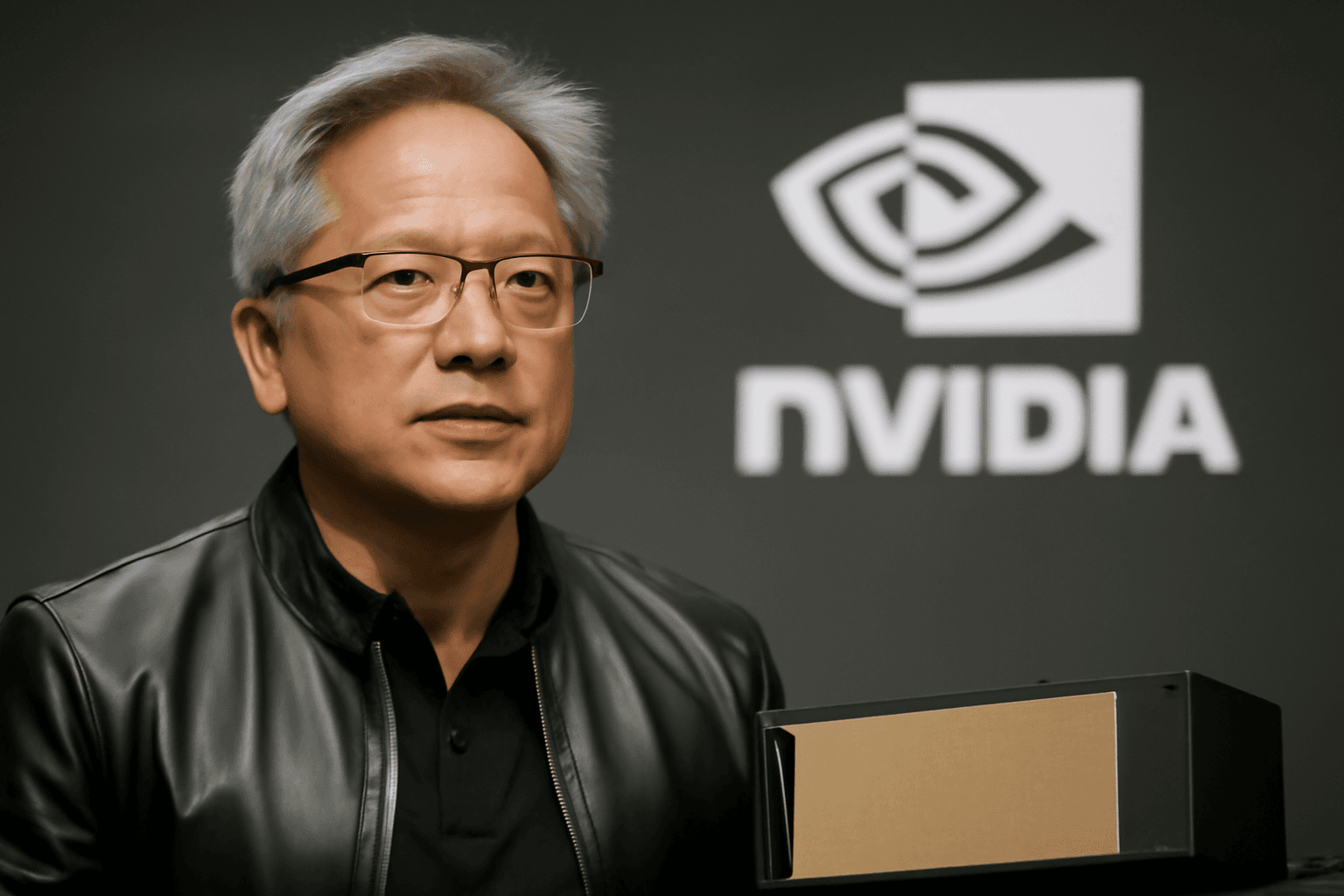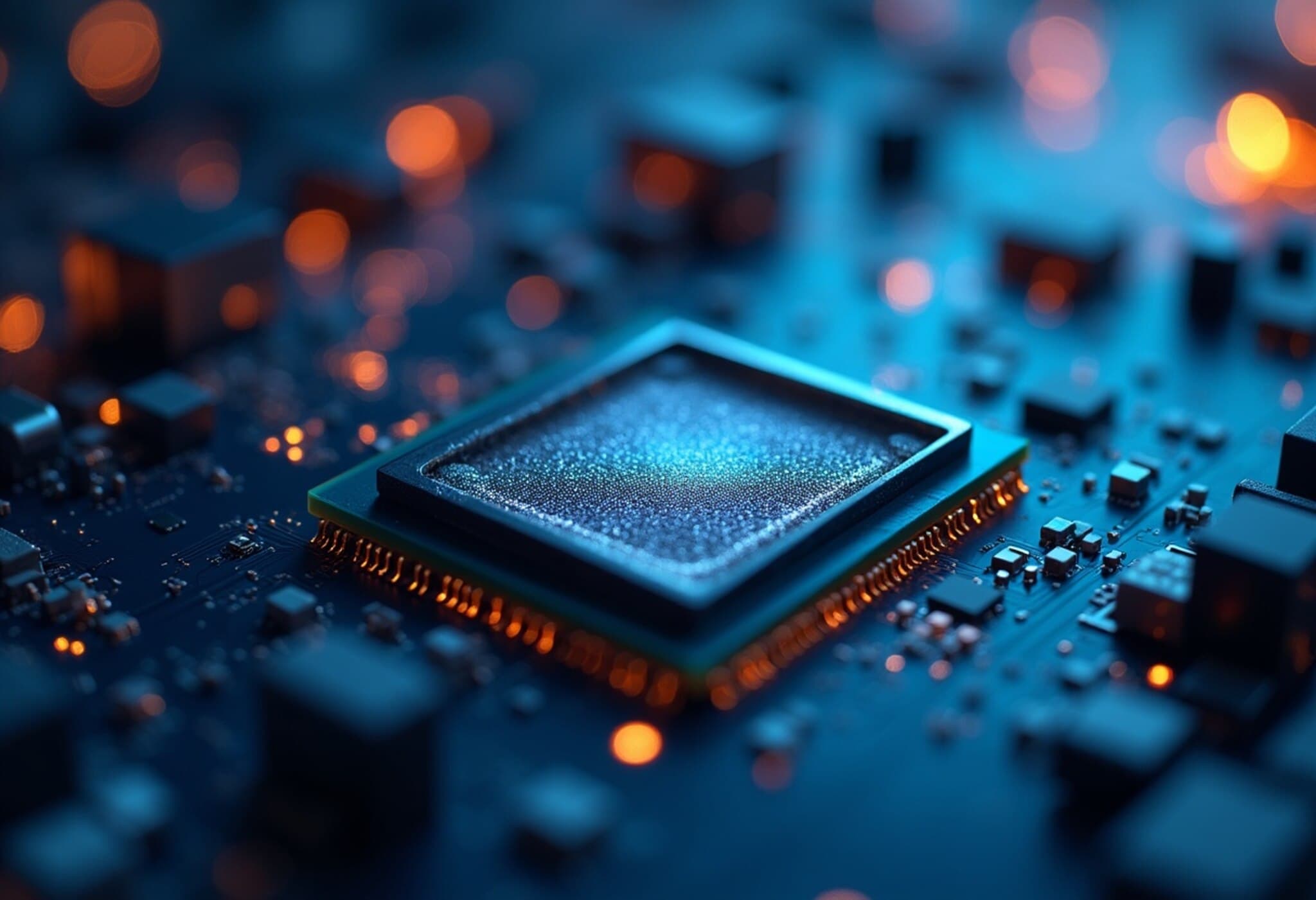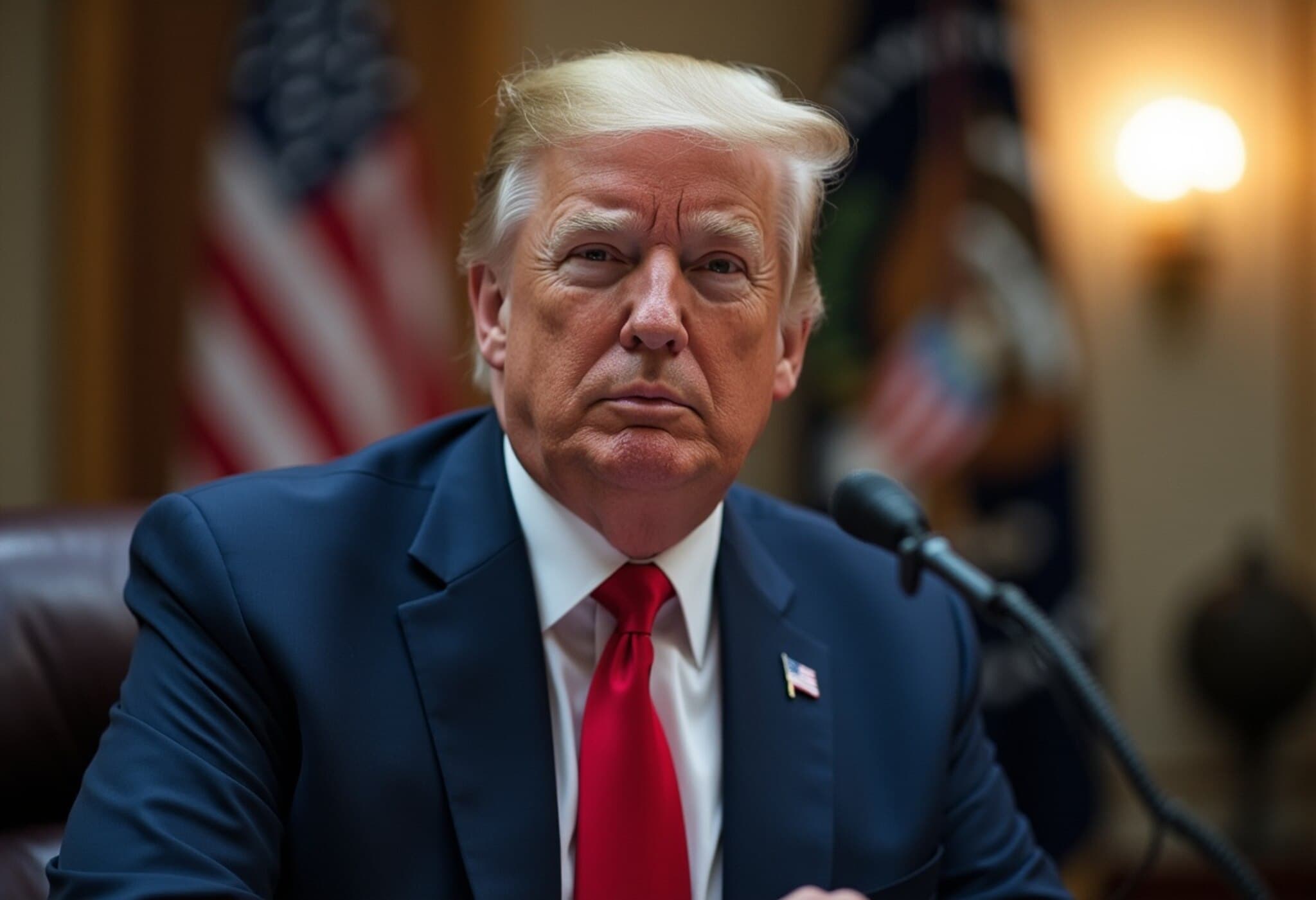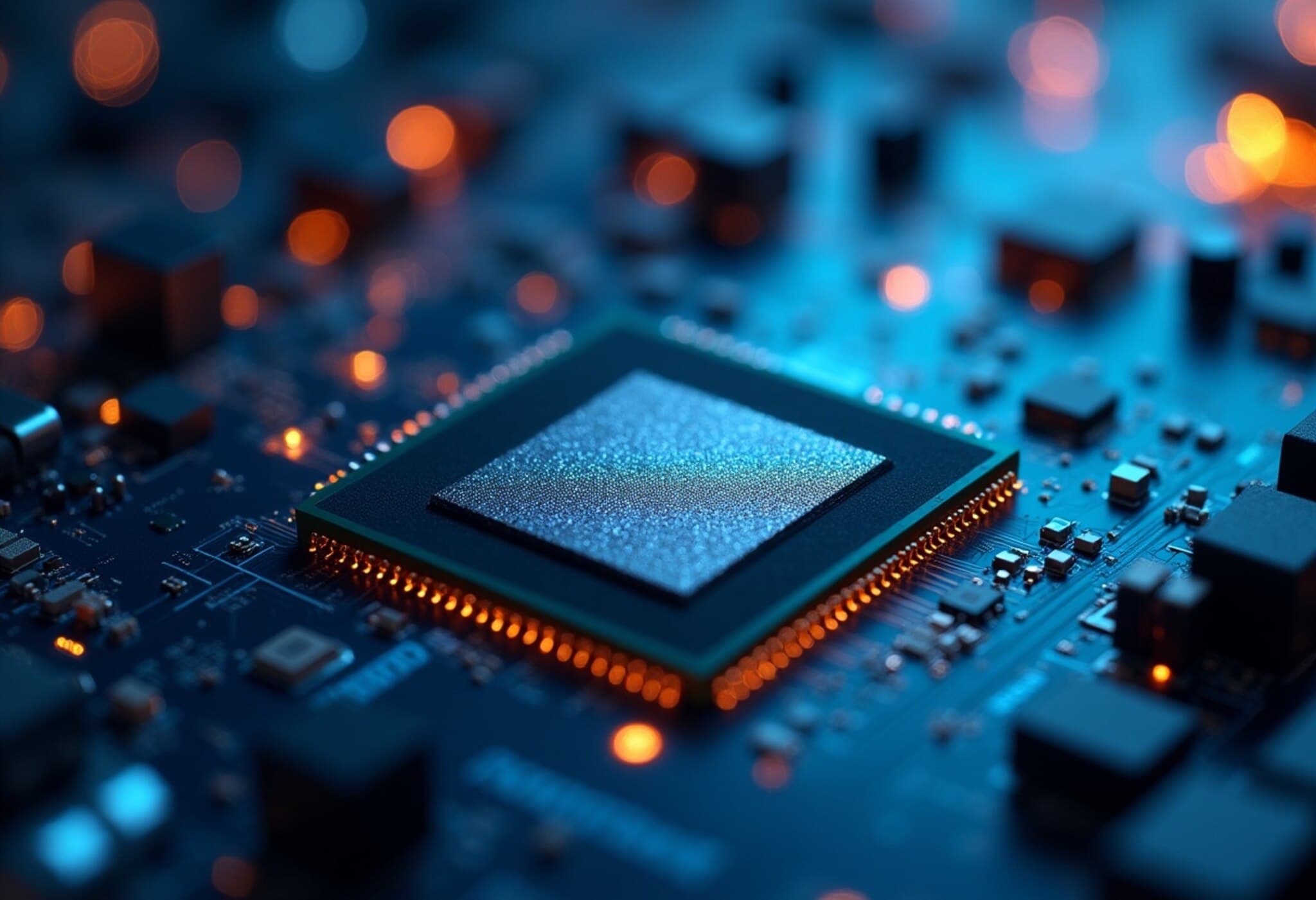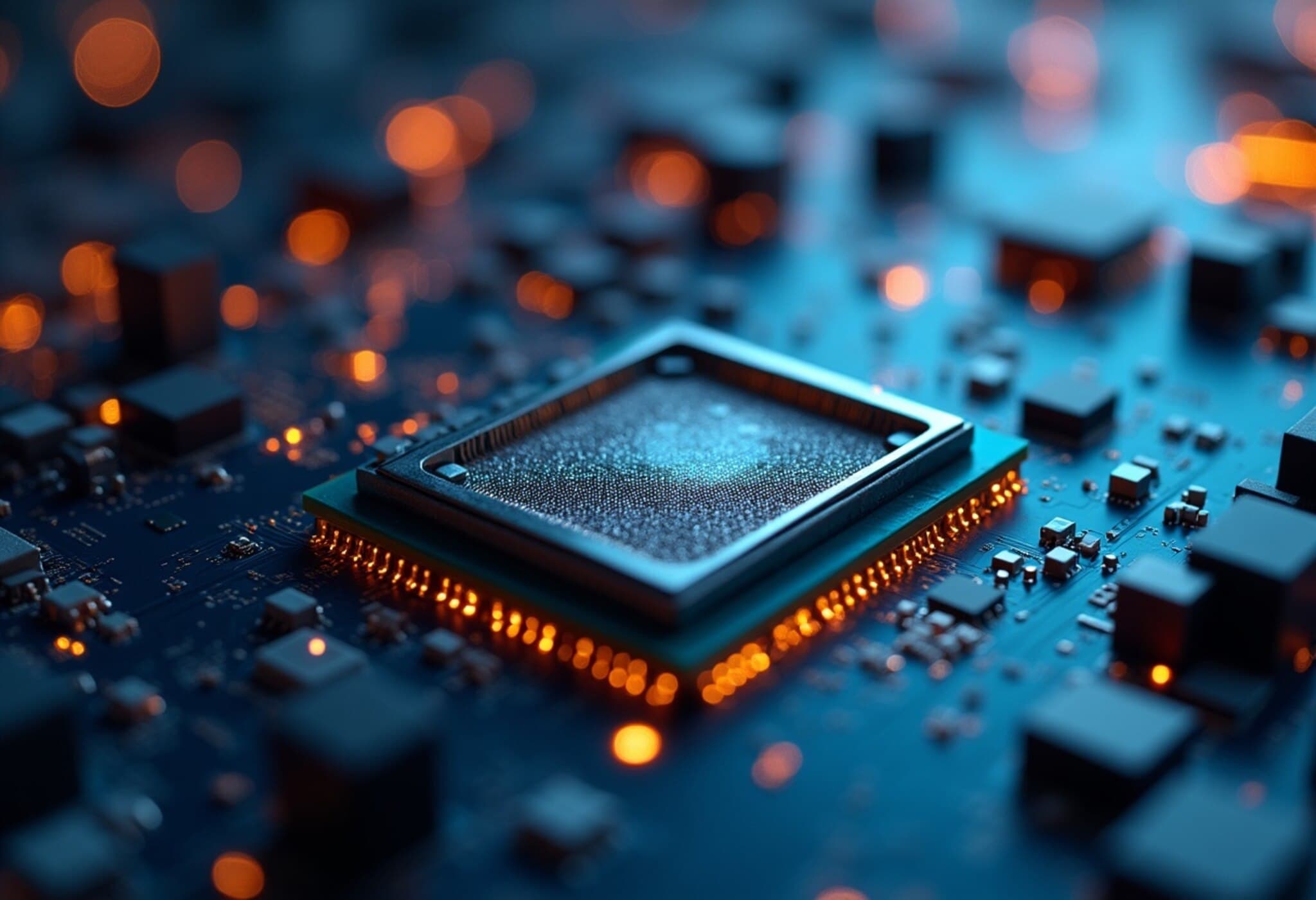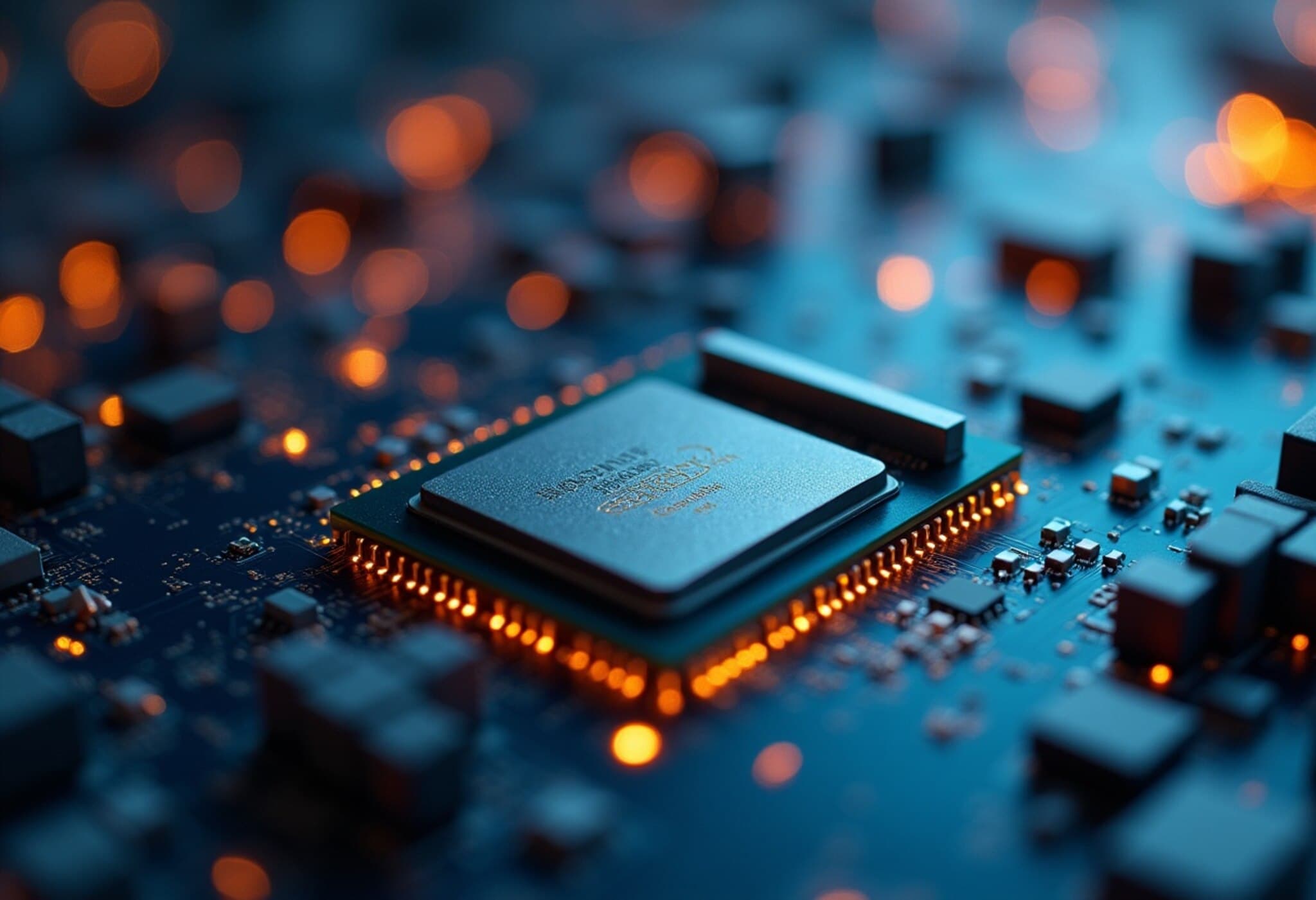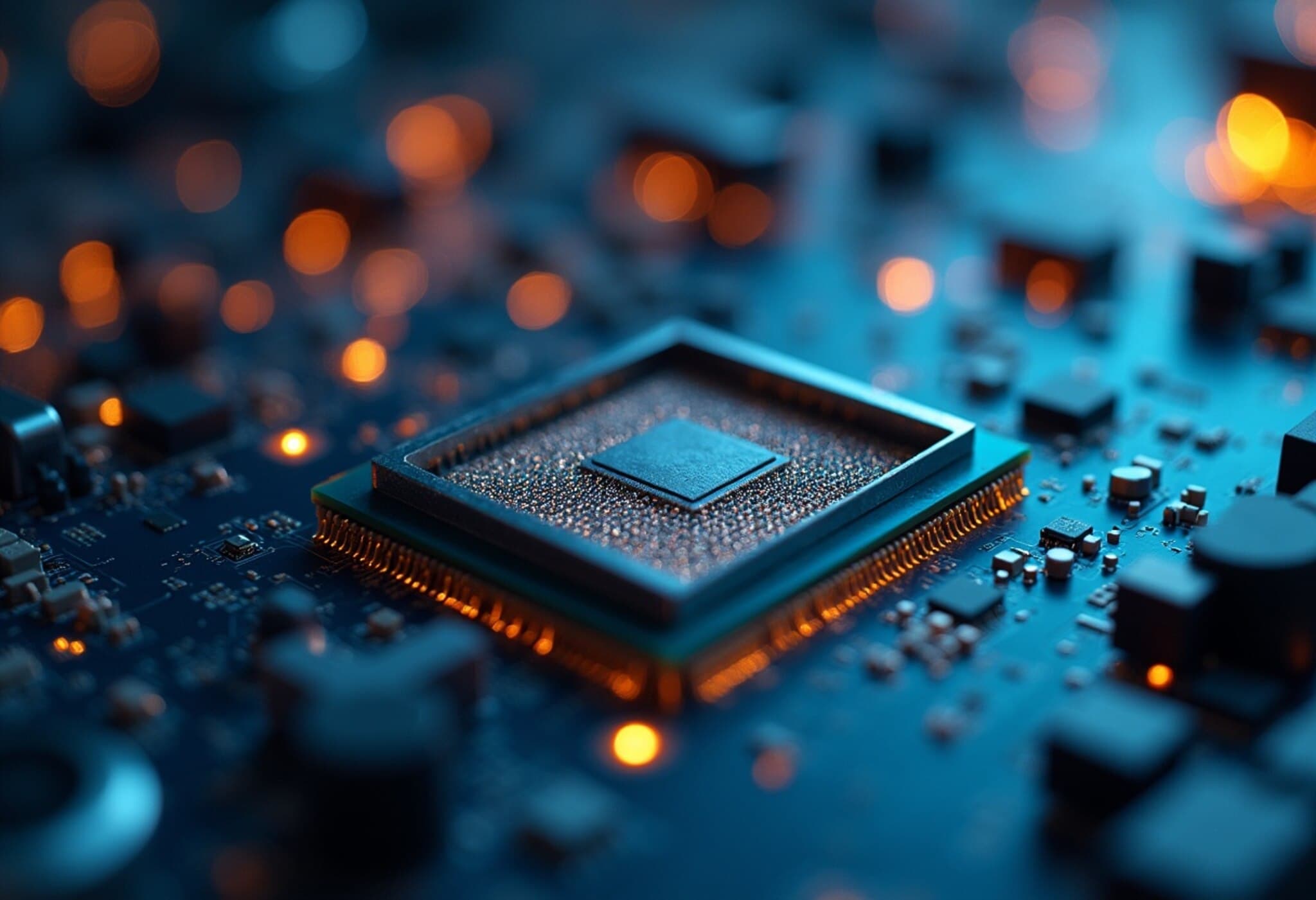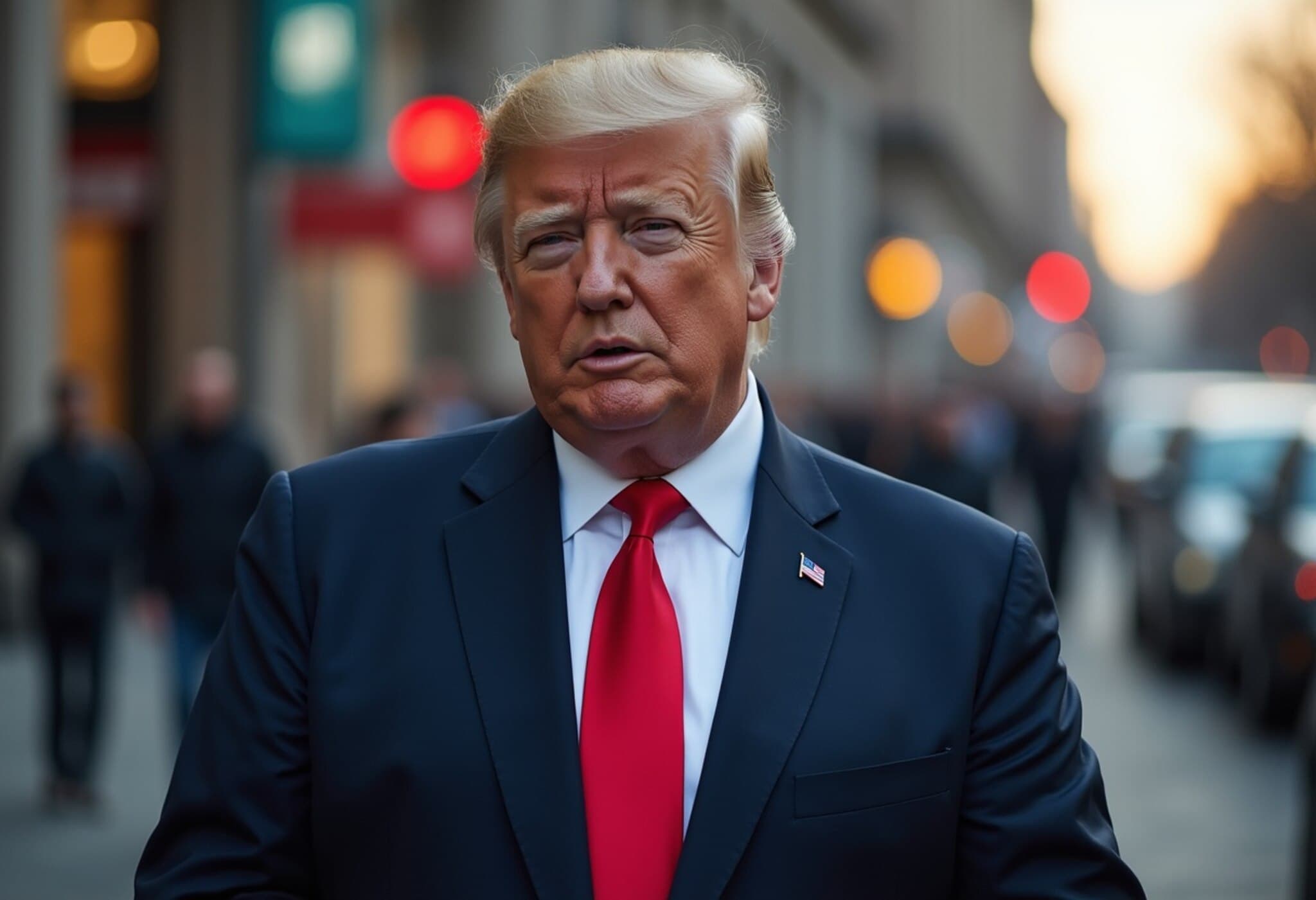SoftBank’s Bold $2 Billion Bet on Intel
In a surprising move, SoftBank Group has committed $2 billion to acquire a significant stake in Intel, a company grappling with mounting challenges in the fiercely competitive semiconductor sector. This infusion is not just a financial boost but a signal of SoftBank’s growing ambition to deepen its footprint in the AI and semiconductor industries.
Intel’s Rocky Road: Struggles Amid Industry Giants
Once a powerhouse in chip design and manufacturing, Intel has stumbled in recent years amid strategic missteps and aggressive competition. Notably, it has lost ground to rivals like AMD in personal computing and data center chips. Its efforts to establish a contract chipmaking or foundry business have also come underwhelming, failing to rival leaders such as Taiwan’s TSMC.
The company’s financial health reflects these difficulties, with a reported $18.8 billion loss in 2024, marking its first annual deficit since 1986. Intel’s CEO, Lip-Bu Tan, who took the helm earlier this year, faces the daunting task of navigating this turnaround.
Why SoftBank’s Investment Matters — and Its Limitations
SoftBank, led by CEO Masayoshi Son, will become one of Intel’s top 10 shareholders, but the undiluted stake will be just shy of 2%. The investment price of $23 per share was slightly below Intel’s latest closing price, reflecting a strategic entry point. Crucially, SoftBank will not seek board representation nor commit to buying Intel’s chips, indicating a measured partnership rather than an activist stake.
Experts suggest this move fuels SoftBank’s broader ambitions in semiconductors and AI, complementing projects like the massive $500 billion Stargate U.S. data center investment. However, market analysts like Amir Anvarzadeh of Asymmetric Advisors emphasize that this capital injection, while helpful, is unlikely to ‘move the dial’ significantly for Intel’s turnaround. Instead, it appears to strengthen the collaborative ties between SoftBank and Intel’s management.
US Government Interest and Geopolitical Undercurrents
Adding complexity, reports indicate the U.S. government may pursue its own stake in Intel, as part of efforts to shore up domestic semiconductor manufacturing amid global supply chain concerns and geopolitical tensions. This follows President Donald Trump’s public scrutiny of Intel’s leadership over alleged China ties.
While SoftBank’s investment is not linked to the $550 billion Tokyo-Washington investment package, it arrives amid intensified U.S.-Japan cooperation on technology and trade, signaling a shared interest in reviving American chip manufacturing capabilities.
Future Implications: Foundry Business and Market Dynamics
Intel is reportedly contemplating a strategic pivot in its foundry business to attract marquee customers, a shift that could reshape its competitive positioning but may also require further costly restructuring. SoftBank’s $2 billion stake could lay the groundwork for deeper collaboration, potential joint ventures, or even a larger acquisition of Intel’s foundry operations down the line.
Industry voices like Charu Chanana, Chief Investment Strategist at Saxo, highlight Intel’s unique combined role as both chip designer and manufacturer as a potential advantage versus pure play foundries such as TSMC.
Market Reaction and Strategic Outlook
The announcement stirred market activity: Intel shares jumped 6.6% in premarket trading, reflecting investor optimism, while SoftBank’s stock dipped 4%, possibly owing to investor concerns over overextension amid its crowded investment agenda.
What This Means for the Semiconductor Landscape
- Intel: Faces critical decisions on future direction and competitive stance.
- SoftBank: Continues aggressive expansion into AI and chipmaking, balancing risk and opportunity.
- U.S. Tech Policy: Domestic semiconductor production remains a national security priority, increasingly intertwined with private and foreign investment.
Editor’s Note
SoftBank’s $2 billion investment is a noteworthy gesture of confidence that serves as a beacon amid Intel’s stormy seas. Yet the question remains whether this capital injection and partnership can catalyze the deep structural reforms and innovation required to reclaim Intel’s dominance in an era defined by AI acceleration and supply chain realignments. As the U.S. government reportedly contemplates direct involvement, and with geopolitical tensions simmering, Intel’s path forward is emblematic of broader challenges and strategic stakes in the global semiconductor race.
For readers, the story underscores the complexity of reviving legacy tech giants where billions alone may be insufficient without visionary leadership and clear strategic pivots.

